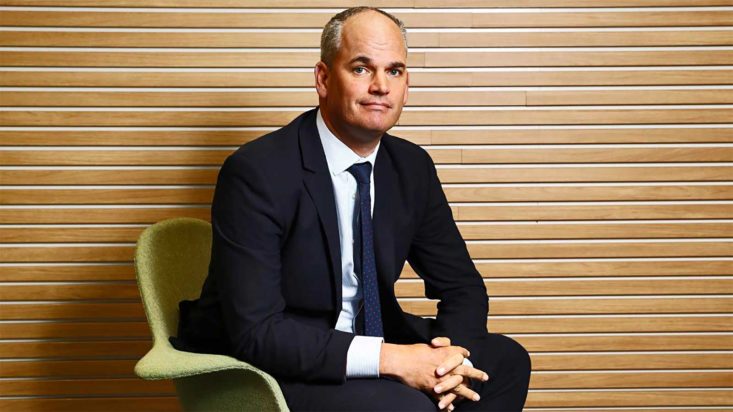Munro doubles down on climate as search for ‘structural growers’ expands
Sustained strong performance has not caused complacency at global equity manager Munro Partners, which this week announced the launch of a new ‘climate’ dedicated equity strategy. After successfully navigating the taper tantrum, Trump election and the pandemic, CIO Nick Griffin has identified what Munro believes is a $30 trillion opportunity, and split its Climate “area of interest” out of the Global Growth Fund.
The strategy will invest in between 15 and 25 companies that are judged as ‘leaders’ in the world’s transition towards net-zero-carbon emissions. Clean energy, energy-efficiency, clean transport and the circular economy will all form part of the climate ‘sleeve,’ which had grown to 18 per cent of the firm’s core strategies given the fast-expanding opportunity set.
While Griffin and Munro have made a reputation from identifying the leaders in the “winner takes most” nature of technology markets, he notes that the range of winners will likely be vastly broader in the new decarbonised world. For instance, based on the growing number of net-zero targets, by both corporates and governments, forecasts suggest some 20 times more wind farms need to be built than what are in existence today; there are only three companies that can do this.
Yet just like Amazon or Apple in their early days, investors seem obsessed with supply chain and inflation issues and are unable to look beyond the short-term to see the “structural growth” opportunity afforded by the likes of Vestas (CPH: VWS). The recent rotation back into end-of-lockdown winners, such as commodities and financials, which Griffin expects to fade next year, means that the “majority of holdings (in the Climate Fund) trade at multiples well below the alternatives,” but particularly loss-making technology companies.
The launch news was delivered as part of a quarterly update in which Munro confirmed that it had reached $6 billion in assets under management and would be reducing the fee on its long-only global strategy to just 0.7 per cent a year. The strong performance since inception, Griffin said, was driven solely by the fact that the strategy invests in companies that are growing earnings, with share prices ultimately following the profitability of a company over the long-term.
In summarising Munro’s approach to picking winners, it is all about “looking for companies that can double in five years,” both in terms of earnings and share price, and it is for this reason that the fund maintains a zero weighting to China. While short-term underperformance can be expected in a momentum-driven market, Griffin expects “structural growers” to move back into focus in 2022 as fiscal and monetary support wane.
Commenting on the latter, he was more circumspect than many outspoken experts, suggesting that the hysteria around bond rate increases is overstated, with rates ultimately capped by the level of indebtedness of governments. There is a “level of certainty” that rates will stay low for the foreseeable future, between 1 to 3 per cent, somewhat proven by the fact that despite every reason to have moved higher, the US 10-year yield remains stuck below 2 per cent.
This bodes well for the outlook of fast-growing technology companies, but particularly Tesla (NASDAQ: TLSA), which he admits is the only highly priced company in the climate portfolio. Answering questions on the true valuation of the company, it is compared to Apple (NASDAQ: AAPL), in the fact that Apple dominated both the hardware and software categories, not one or the other like many other businesses do. Tesla is “exactly the same,” Griffin says, owning the largest market share of EV sales, which itself is a fast-growing sector, but also having designed and built a technology platform that is years ahead of its competitors. The key is identifying the 90 per cent margin income streams that Apple achieved, which may well see a US$3 trillion valuation.
Concluding, Griffin flagged the lack of certainty around the re-nomination of Jerome Powell as Chair of the Federal Reserve as “one of the most under-appreciated risks in the market today.” Given the current state of markets this could see a “major change,” he says, which may well be disruptive.











